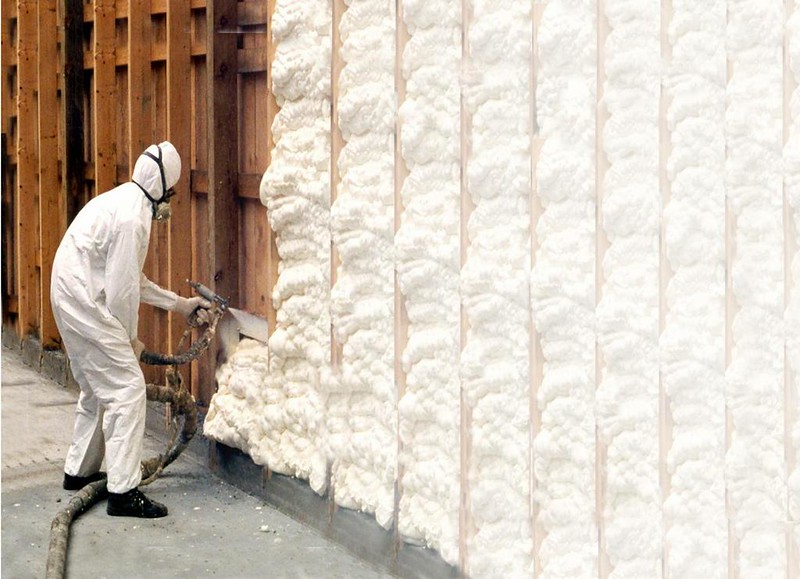What to Know About Window Replacement Grants for Energy-Efficient Upgrades
With rising interest in energy efficiency, many homeowners are exploring how window replacement grants may help offset upgrade costs. These programs often support transitions to insulated, eco-efficient windows, aiming to reduce energy consumption over time. This guide outlines the structure of such grants, common eligibility factors, and how individuals typically navigate available options. Discover more about what people consider when researching these energy-focused opportunities.

How Do Federal Window Replacement Programs Work?
Federal window replacement programs primarily operate through the Weatherization Assistance Program (WAP), administered by the Department of Energy. This program helps eligible low-income households improve their home’s energy efficiency through various upgrades, including window replacements. The program serves families earning up to 200% of the federal poverty level, prioritizing households with elderly residents, children, or individuals with disabilities.
The WAP provides comprehensive energy audits to determine which improvements will deliver the greatest energy savings. Window replacements are considered when existing windows are significantly deteriorated or inefficient. Local agencies implement these programs, working with certified contractors to ensure proper installation and quality standards.
What Low Income Energy Assistance Options Are Available?
Low income energy assistance extends beyond federal programs to include state and utility company initiatives. The Low Income Home Energy Assistance Program (LIHEAP) occasionally provides weatherization benefits, though its primary focus remains helping families pay energy bills. Some states supplement LIHEAP funding with additional weatherization assistance that may cover window replacements.
Many utility companies offer rebate programs specifically for energy efficient windows. These programs typically require windows to meet specific ENERGY STAR criteria and may provide rebates ranging from $50 to $300 per window. Some utilities partner with local contractors to offer financing options or direct installation services for qualifying customers.
Which Home Upgrade Tax Credits Apply to Windows?
Home upgrade tax credits for windows fall under the federal Residential Clean Energy Credit and Energy Efficient Home Improvement Credit programs. The Energy Efficient Home Improvement Credit allows homeowners to claim up to $600 annually for qualifying exterior windows and skylights, with a lifetime limit of $1,200 for window improvements.
To qualify, windows must meet specific energy efficiency requirements, including appropriate U-factor and Solar Heat Gain Coefficient ratings for your climate zone. Homeowners should retain manufacturer certifications and installation receipts to support their tax credit claims. Some states offer additional tax incentives that can be combined with federal credits for greater savings.
How Can You Identify Quality Energy Efficient Windows?
Energy efficient windows feature several key characteristics that distinguish them from standard options. Look for ENERGY STAR certification, which indicates the windows meet strict efficiency guidelines set by the Environmental Protection Agency. These windows typically include low-emissivity coatings, multiple panes with insulating gas fills, and improved frame materials that reduce thermal bridging.
The National Fenestration Rating Council provides standardized ratings for window performance. Pay attention to U-factor ratings, which measure insulation effectiveness, and Solar Heat Gain Coefficient values, which indicate how much solar heat passes through the window. Optimal ratings vary by geographic region, with colder climates requiring different specifications than warmer areas.
What Are Typical Costs for Energy Efficient Window Replacement?
Energy efficient window replacement costs vary significantly based on window size, frame material, installation complexity, and regional labor rates. Understanding these costs helps homeowners plan effectively and identify potential savings through available assistance programs.
| Window Type | Frame Material | Cost Per Window | Installation Cost |
|---|---|---|---|
| Double-Pane | Vinyl | $300-$600 | $150-$300 |
| Double-Pane | Wood | $500-$1,200 | $200-$400 |
| Triple-Pane | Fiberglass | $600-$1,400 | $200-$450 |
| Triple-Pane | Aluminum | $400-$900 | $150-$350 |
Prices, rates, or cost estimates mentioned in this article are based on the latest available information but may change over time. Independent research is advised before making financial decisions.
Professional installation typically adds 30-50% to material costs, though proper installation ensures optimal performance and warranty coverage. Some assistance programs include installation costs, making professional installation more affordable for qualifying households.
Window replacement represents a long-term investment in home comfort and energy efficiency. While various federal window replacement programs, low income energy assistance options, and home upgrade tax credits can help offset initial costs, homeowners should research local availability and eligibility requirements. Energy efficient windows not only reduce energy consumption but also improve indoor comfort and property value, making them worthwhile improvements when financial assistance makes them accessible.




